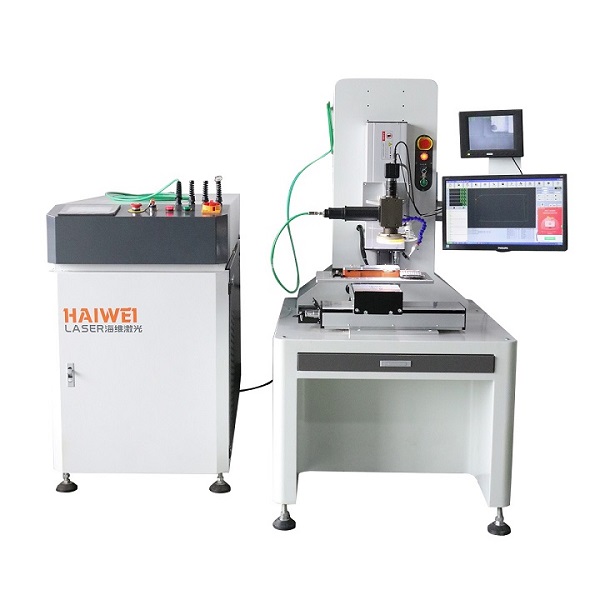Can a Laser Welding Machine Handle Diverse Production Requirements?
Yes, a modern laser welding machine is capable of adapting to a wide range of production needs through flexible configuration and precise process control. Its ability to support different materials, thicknesses, and joint types makes it a versatile solution for various manufacturing environments.

Adjustable Parameters for Different Applications
Laser welding machines allow control over key parameters such as power, pulse duration, welding speed, and beam focus. This flexibility enables the same system to perform both thin-sheet welding in electronics and deeper penetration welds for automotive components. By adjusting settings, operators can switch between conduction-mode and keyhole-mode welding, depending on material and joint requirements.
Material and Thickness Range
A single laser welding machine can process multiple metals, including stainless steel, carbon steel, aluminum, copper, and titanium. With proper parameter tuning, it can handle material thicknesses from 0.1 mm up to 5 mm, covering most industrial applications in sectors like automotive, medical devices, and consumer electronics.
Integration with Automation
For high-volume production, laser welding machines integrate smoothly with robotic arms or CNC stages, enabling continuous operation and consistent quality. In low-volume, high-mix environments, programmable welding paths and quick recipe changes allow fast setup switching, improving production flexibility.
Application-Specific Configurations
Some systems support different delivery optics, such as scanning heads for high-speed seam welding or fixed-focus heads for deep penetration tasks. Optional features like seam tracking and vision guidance further expand the range of laser welding processing scenarios.
In summary, a laser welding machine is not limited to one type of job. With the right setup and controls, it can meet diverse laser welding processing demands across industries—offering reliability, repeatability, and scalability for both small-batch and mass production runs.
Recent Posts
- What are the advantages of laser welding machines in lithium battery pack production lines?
- What issues should be noted when choosing a lithium battery pack production line?
- Quality Inspection and Control of Lithium Battery Module Pack Production Line
- Cell grouping and sorting process in lithium battery module pack production line
- What are the safety hazards of lithium battery pack production lines and how can they be prevented?
INQUIRY

